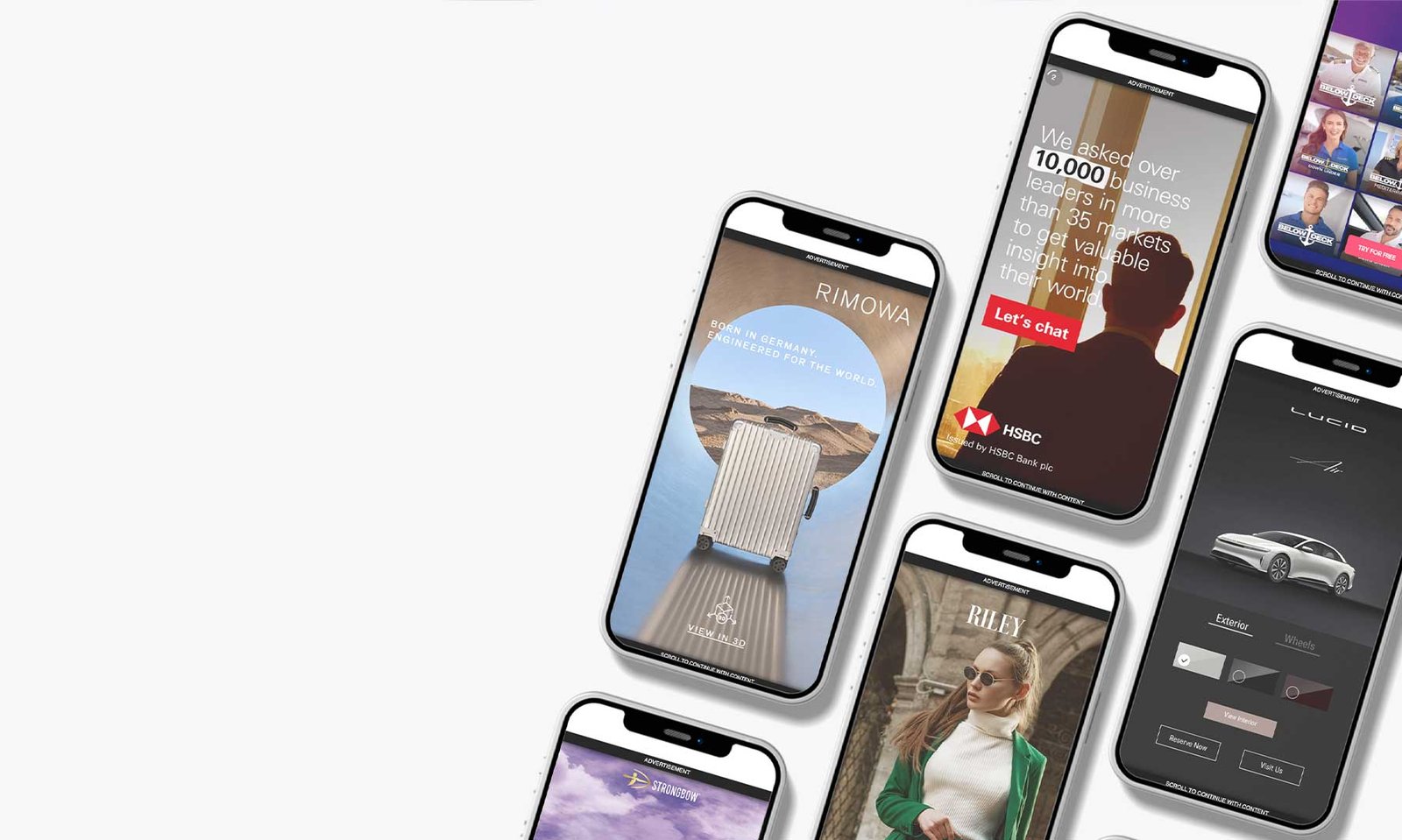
As the world increasingly shifts towards mobile devices, banner advertising is undergoing a significant transformation. With more users accessing the internet through smartphones and tablets, the future of banner advertising lies in adapting to a mobile-first environment. This shift requires advertisers to rethink their strategies, designs, and technologies to ensure their ads are effective and engaging on smaller screens. In this article, we’ll explore the key trends and strategies that will shape the future of banner advertising in a mobile-first world.
1. The Rise of Mobile-First Advertising
1.1 The Growth of Mobile Usage
Mobile devices have become the primary means of accessing the internet for millions of users worldwide. This shift has forced advertisers to prioritize mobile in their campaigns.
- Mobile-First Design: Designing ads with mobile users in mind is no longer optional. Ads must be optimized for smaller screens, ensuring they are visually appealing, easy to interact with, and quick to load.
- Mobile-First Strategies: Beyond design, advertisers need to adopt mobile-first strategies that consider the behavior and preferences of mobile users, such as shorter attention spans and a preference for vertical content.
1.2 The Importance of Responsive Ads
Responsive ads automatically adjust their size, format, and layout based on the device they are viewed on, making them crucial in a mobile-first world.
- Flexible Layouts: Creating ads that work seamlessly across different screen sizes and orientations is essential. This flexibility ensures that your ads are always presented in the best possible way, regardless of the device.
- Enhanced User Experience: Responsive ads contribute to a better user experience by avoiding issues like distorted images or cut-off text, which can frustrate users and reduce engagement.
2. Innovative Ad Formats for Mobile
2.1 Interactive and Rich Media Ads
Interactive and rich media ads are becoming increasingly popular in mobile advertising due to their ability to engage users more effectively.
- Gamified Ads: Incorporating game-like elements into ads can make them more engaging and fun, encouraging users to interact with the content.
- Swipeable Galleries: Ads that allow users to swipe through images or content can provide a more immersive experience, keeping users engaged longer.
2.2 Video Ads in Banner Formats
Video is a powerful medium, and its integration into banner ads is a growing trend.
- Short-Form Video Content: Given the limited space in mobile ads, short-form videos that convey the message quickly and effectively are ideal. These videos can capture attention and communicate more in less time.
- Auto-Playing Videos: Videos that automatically play (muted) within the banner can draw attention, but they should be used carefully to avoid annoying users. Providing controls to pause or mute the video is crucial.
3. Leveraging Data and Personalization
3.1 Data-Driven Advertising
The use of data in advertising allows for more precise targeting, which is particularly important in mobile environments.
- Location-Based Targeting: Mobile devices provide rich data about user locations, enabling advertisers to deliver highly relevant ads based on where users are physically located.
- Behavioral Targeting: By analyzing user behavior on mobile devices, advertisers can create personalized ads that resonate more with individual users, leading to higher engagement rates.
3.2 AI and Machine Learning
AI and machine learning are transforming the way ads are delivered and optimized in real-time.
- Dynamic Creative Optimization (DCO): AI-driven DCO allows ads to be customized in real-time based on user data, ensuring that each user sees the most relevant version of an ad.
- Predictive Analytics: AI can predict user behavior and optimize ad delivery accordingly, helping to serve ads at the right time and place for maximum impact.
4. Challenges and Considerations
4.1 Ad Blocking on Mobile
Ad blocking is a growing concern in mobile advertising, as more users seek to avoid intrusive ads.
- Non-Intrusive Ad Design: To combat ad blocking, advertisers must focus on creating non-intrusive ads that blend seamlessly with content and provide real value to users.
- Respecting User Privacy: With growing concerns about privacy, especially on mobile devices, advertisers must be transparent about data usage and ensure they comply with privacy regulations.
4.2 Balancing Performance and Creativity
Creating mobile ads that are both visually appealing and performant can be challenging.
- Optimized Load Times: Mobile ads must load quickly to avoid losing the user’s attention. This requires balancing creative elements with technical optimizations.
- Creative Constraints: While creativity is key, advertisers must work within the constraints of mobile devices, such as smaller screens and limited attention spans, to ensure their ads are effective.

mobile-first advertising
5. The Future Outlook
5.1 The Continued Evolution of Mobile Ads
The future of banner advertising in a mobile-first world will continue to evolve with advancements in technology and changing user behaviors.
- 5G and Beyond: The rollout of 5G networks will enable faster load times and more complex, data-rich ad experiences on mobile devices, opening new possibilities for banner ads.
- Augmented Reality (AR) Ads: AR is set to become more prevalent in mobile advertising, allowing users to interact with ads in entirely new ways, such as trying on virtual products or interacting with 3D objects.
5.2 Cross-Device Advertising
As users move seamlessly between devices, cross-device advertising strategies that ensure consistency and relevance across all screens will become increasingly important.
- Unified User Experience: Creating a cohesive experience across mobile, desktop, and other devices will be key to maintaining user engagement and brand consistency.
- Integrated Campaigns: Advertisers will need to integrate their mobile and desktop campaigns to provide a unified message that resonates across all platforms.
Conclusion
The future of banner advertising in a mobile-first world is filled with opportunities and challenges. As mobile devices continue to dominate internet usage, advertisers must innovate and adapt their strategies to meet the evolving needs of users. By embracing responsive design, leveraging data and AI, and exploring new interactive formats, advertisers can create engaging, effective banner ads that resonate with mobile audiences. Staying ahead of trends and focusing on user experience will be critical to success in this mobile-first landscape.
